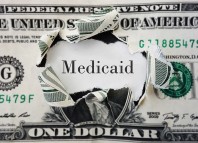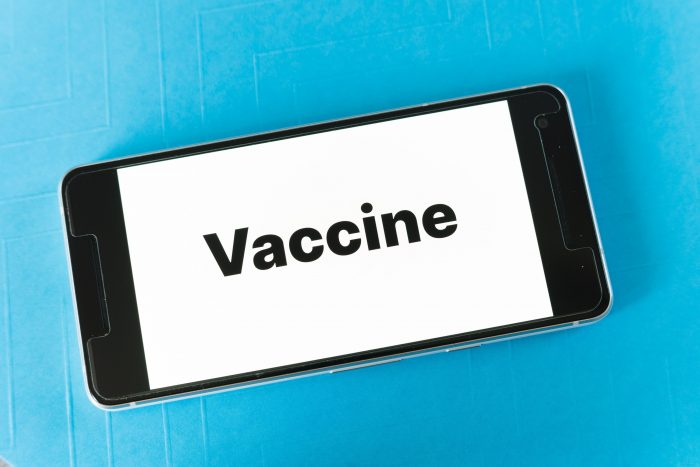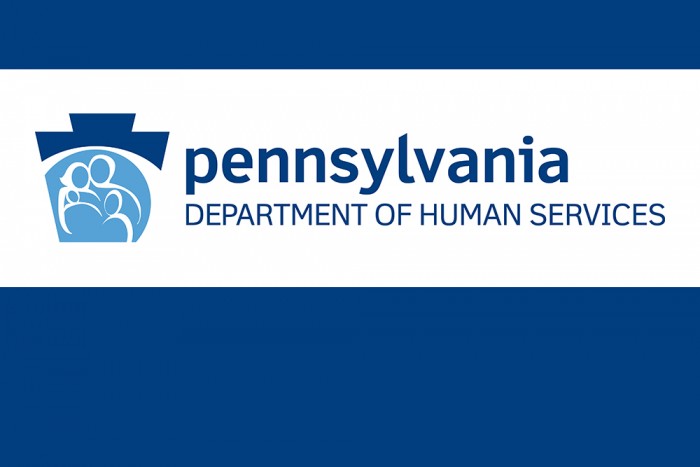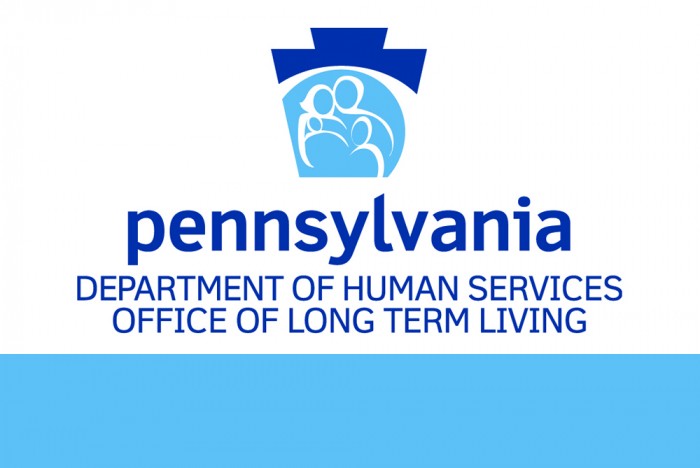FOR IMMEDIATE RELEASE
January 19, 2021
Harrisburg, PA – Today, the Department of Human Services (DHS) and the Department of Health (DOH) announced a partnership between the commonwealth and Pennsylvania-based Rite Aid to administer COVID-19 vaccinations to staff and residents of certain long-term care facilities and congregate care settings licensed by DHS. These facilities are prioritized for vaccination in Phase 1A of Pennsylvania’s Interim Vaccination Plan, but most are not included in the federal Pharmacy Partnership Program.
The partnership with Rite Aid will begin on January 27. Clinics where residents and staff of these DHS-licensed facilities can go to obtain vaccine doses at a scheduled time will be established. Vaccinations will take place on-site at facilities where the individuals served are not able to travel to a clinic site. This effort is separate from the Retail Pharmacy Partnership Program, and vaccinations will not take place at Rite Aid retail pharmacies as part of this partnership for DHS-licensed facilities.
“As Pennsylvania and the nation move forward with administering COVID-19 vaccinations, we must ensure that our most vulnerable residents and the dedicated essential workers providing daily care and support are being protected and prioritized,” said DHS Secretary Teresa Miller. “This partnership will complement efforts being coordinated through the federal Pharmacy Partnership and ensure we are efficiently and effectively issuing vaccine supply to other critical priority populations. We are grateful to Rite Aid for this collaboration and support in protecting vulnerable Pennsylvanians.”
Pennsylvania is participating in the federal Pharmacy Partnership Program in order to coordinate vaccination for skilled nursing facilities, which are licensed by DOH, as well as personal care homes, assisted living facilities, and intermediate care facilities for people with disabilities licensed by DHS. Other long-term and congregate care settings included in Phase 1A of Pennsylvania’s Interim Vaccination Plan, including group homes for people with disabilities; residential treatment facilities and long-term structured residences for adults with behavioral health needs; and private psychiatric hospitals, are not included in the federal partnership but are still in Phase 1A due to the risk of COVID-19 outbreaks in congregate settings. These settings serve people who have co-occurring medical needs that put them at risk of more severe cases if they contract the virus. Some personal care homes and assisted living facilities were also not enrolled in the federal Pharmacy Partnership Program and so will be served by the Rite Aid partnership for DHS-licensed facilities. An estimated 6,000 facilities will be covered through this effort, and it will be a multi-week effort to coordinate vaccination of all facilities based off of the vaccine supply that is available to Pennsylvania.
Facilities will be contacted in the near future by their DHS licensing office with details to help them prepare for vaccinations and vaccination clinic schedules for their area.
Additional Information for Health-Care Personnel in Phase 1A
DOH also recently released a map of vaccine providers who can administer a COVID-19 vaccine to anyone covered by Phase 1A. Anyone covered under Phase 1A who has not yet received a COVID-19 vaccine can contact any of these providers to check availability and schedule a vaccination. We encourage providers to contact sites and coordinate for their employees who are eligible. Employees should be prepared to show proof of employment. This map is being updated regularly, so please keep checking for new locations with vaccine supply and available appointments.
For more information on COVID-19 vaccinations, visit the Department of Health’s website.
MEDIA CONTACTS:
Erin James, Department of Human Services
April Hutcheson, Department of Health















